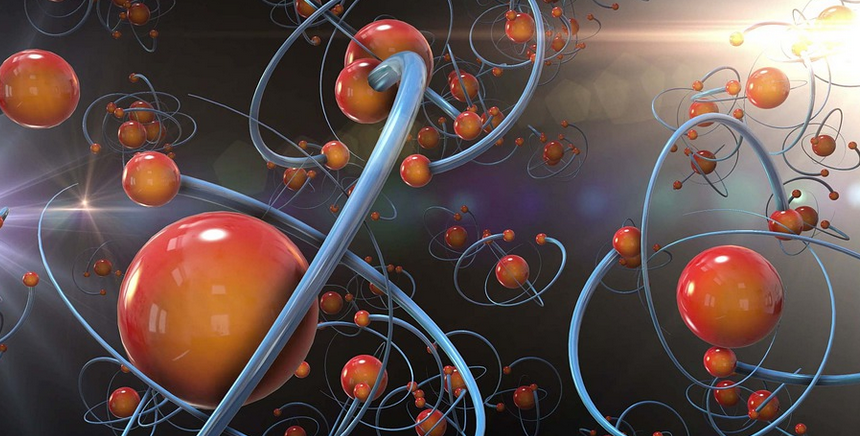Introduction
When it comes to precious gemstones, ruby and sapphire are two of the most popular and valuable options. Both are members of the corundum family and are prized for their deep, rich colors. But have you ever wondered what chemical elements give these stones their signature hues?
Ruby
Let’s start with ruby. This gemstone gets its red color from the presence of chromium. In fact, the more chromium a ruby contains, the deeper and more vibrant its color will be. Other elements that can be present in ruby include iron, titanium, and vanadium. These elements can affect the stone’s color and overall appearance.
Heat Treatment
It’s worth noting that not all rubies are naturally red. Some stones are heat-treated to enhance their color. During this process, the stone is heated to high temperatures, which causes any iron or vanadium present to oxidize. This creates the deep red hue that is so prized in rubies.
Sapphire
Now, let’s move on to sapphire. While blue is perhaps the most well-known color for this gemstone, sapphires can actually come in a wide range of colors, including pink, yellow, and green. The element responsible for sapphire’s color is iron, which can create a range of hues depending on the stone’s other chemical components.
Trace Elements
Trace elements like titanium, chromium, and vanadium can also be present in sapphires. These elements can affect the stone’s color and can even create color-change sapphires, which appear to change color depending on the lighting conditions.
Differences Between Ruby and Sapphire
While ruby and sapphire share many similarities, there are some key differences between the two gemstones. For example, ruby is only ever red, while sapphire can come in a range of colors. Additionally, ruby is typically more valuable than sapphire, particularly if the ruby is a natural, untreated stone.
Conclusion
So, there you have it – a brief overview of the chemical composition of ruby and sapphire. While there is much more to learn about these beautiful gemstones, understanding the role that chemical elements play in their appearance and value is an important first step.
Whether you are a gemstone enthusiast, a jewelry maker, or simply someone who appreciates the beauty of these precious stones, knowing more about the chemical composition of ruby and sapphire can help you better understand and appreciate their unique qualities.

